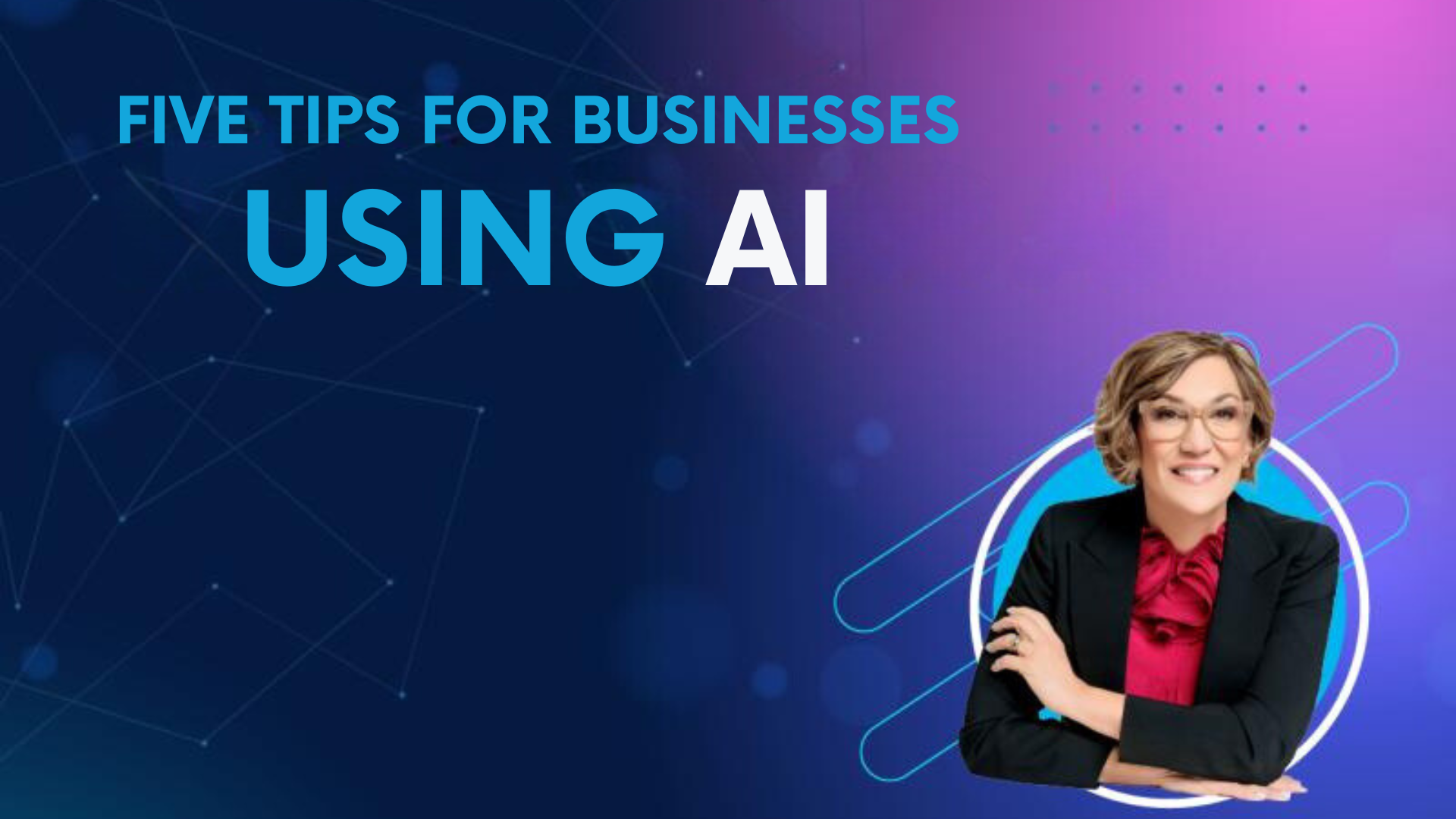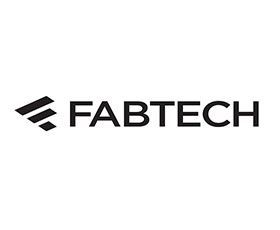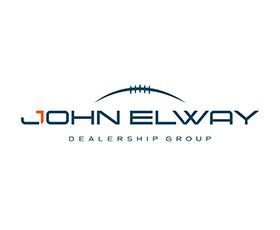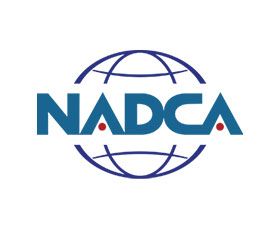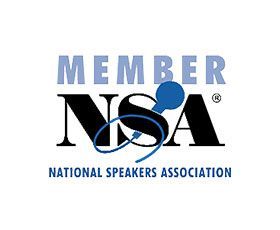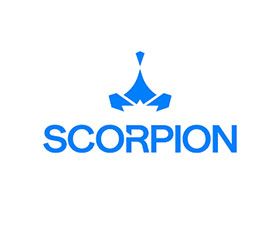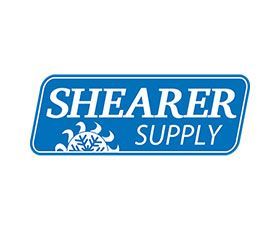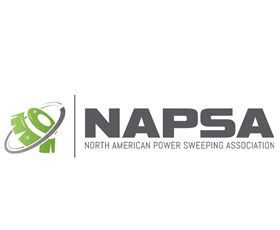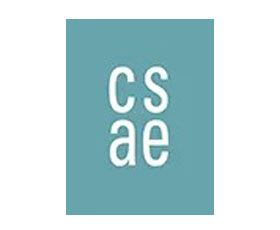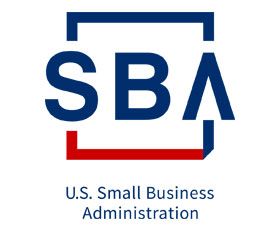💡 The AI Search Revolution in 30 Seconds
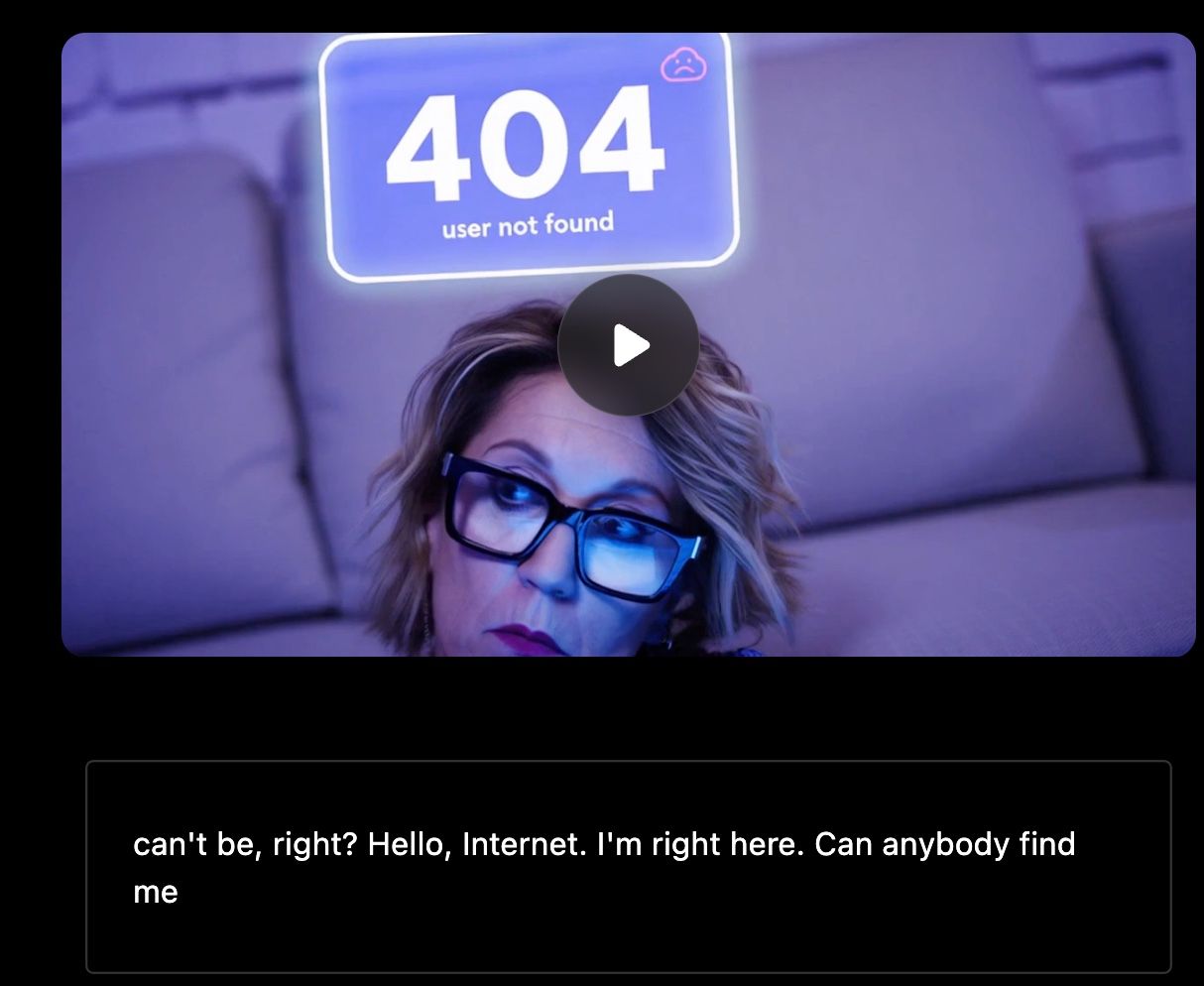
How AI Search Changed Everything: Your Complete Answer Engine Optimization (AEO) Guide
Fortune 20 VP to Inc. 5000 CEO: The AI Search Secret That Generated 4M+ Views 🚀
Your SEO Strategy is Obsolete: Master Answer Engine Optimization (AEO) to Get Cited by AI Today
When I ran my Inc. 5000 plumbing and heating company, success was straightforward: master Google's SEO and drive clicks. Now, the game has fundamentally changed. The old rules for getting found online will bankrupt your business faster than you can say "Large Language Model."
My journey included navigating $1 million in debt, and what ultimately saved me was mastering how to get cited by AI, not just ranked by Google. The transition from Search Engine Optimization (SEO) to Answer Engine Optimization (AEO) is the most critical shift you'll make in 2025. It's the difference between being a forgotten link on page three and becoming the definitive, quoted authority in your industry.
💡 TLDR: The Answer Engine Imperative
What is AEO/GEO?
Answer Engine Optimization (AEO), also called Generative Engine Optimization (GEO), is the strategy of creating content that AI-powered search tools like ChatGPT, Google AI Overviews, Perplexity, and Claude can easily understand, extract, and cite in their generated responses. The goal is no longer just driving clicks to your website—it's becoming the primary source cited in the AI's direct answer.
The Structure Required for AI Citation:
To achieve AI visibility, your content must be optimized for
extractability—meaning it's broken into modular, quotable chunks. This requires precise formatting: question-based headings, concise paragraphs (under 4 lines), and a dedicated
40-60 word answer block positioned at the start of every key section.
The New Authority Signals:
The currency of AI search is
E-E-A-T (Experience, Expertise, Authoritativeness, Trustworthiness) combined with high fact density. AI systems prioritize content with clear author credentials, verifiable sources, and demonstrated first-hand experience.
Distribution Strategy:
For content republished on platforms like LinkedIn, always link back to your original blog post as the source. While LinkedIn doesn't support canonical HTML tags, linking to your owned domain helps search engines identify the original content and consolidate authority.
The Fundamental Shift: Why Traditional SEO is Now Insufficient
The old system rewarded volume and link authority. The new system rewards precision, clarity, and trustworthiness. You can no longer rely on keyword stuffing or technical tricks. Both users and AI demand direct, verifiable answers.
What is the core difference between SEO and Answer Engine Optimization (AEO)?
Traditional SEO focuses on optimizing content for keyword-based ranking with the primary goal of driving clicks (high CTR) to a web page. AEO shifts the focus to optimizing for synthesis—the goal is to be the primary source that AI chooses to directly cite in its generated answer, maximizing your visibility in AI-generated responses.
This pivot demands a fundamental change from targeting keywords to ensuring high E-E-A-T signals, contextual relevance, and fact density. AI Overviews and large language models (LLMs) prioritize a single, synthesized, conversational answer rather than a list of ranked links, meaning your content must be structured for immediate extraction and use.
How do I demonstrate E-E-A-T to AI systems?
E-E-A-T is demonstrated through clear author credentials, publication dates, and explicit citations to primary research and authoritative sources. For me, this means leveraging my decades of international C-Suite experience at a Fortune 20 company, my Inc. 5000 entrepreneurial success in the trades, and my AI expertise with over 4M+ viewed content on AI agents to establish layered, verifiable credibility.
This is why your content must ground high-level concepts in practical, operational success stories. This paradox proves your strategies work across both global enterprises and frontline sectors, appealing to diverse audiences including meeting planners and associations seeking speakers with real-world experience.
The Tactical Blueprint: Writing for AI Citation and Human Engagement
The structural architecture of your content must be precisely engineered to meet both the engagement demands of human readers and the extraction requirements of generative AI.
What is the "40-60 Word Answer Block Rule" and why is it critical?
The 40-60 word answer block is a prescriptive AEO formatting requirement designed to maximize the probability of AI citation. This concise block must be self-contained, factually rich, and positioned immediately at the start of every major section. LLMs favor these short, clearly defined segments for direct extraction, making them crucial for visibility in AI-generated responses.
We apply this rule in the TLDR box at the top and under every question-based H2 or H3 heading throughout the article. Content should prioritize comparison pieces, frameworks, how-to guides, and definitive perspectives, as these structured information types are what AI systems most frequently extract and cite.
How should I handle content republishing on LinkedIn to protect SEO authority?
When republishing content on LinkedIn, always include a clear link back to your original blog post at the beginning of the LinkedIn article. Use language like "This article originally appeared on [Your Blog Name]" with a hyperlink to the full post on your owned domain. While LinkedIn doesn't support adding HTML canonical tags, this linking practice helps search engines identify the authoritative source and consolidate ranking signals to your proprietary site.
This dual-publishing strategy allows you to exploit LinkedIn's notification system for immediate reach and engagement while protecting your long-term domain authority. Your owned blog should contain the full-length version (2,000-3,000 words) with complete citations and structured data, while the LinkedIn version can be a condensed summary (800-1,200 words) that drives readers to your site for the complete resource.
From Theory to Action: Content Strategy for AI Visibility
Your content strategy should be built on three core pillars: AI Breakthroughs (sharing cutting-edge developments), Actionable Tactics (providing specific, implementable strategies), and Resilience Stories (demonstrating real-world experience overcoming challenges). By integrating these elements, you not only get found by AI—you provide the value that keeps both humans and algorithms engaged.
What content focus provides the biggest competitive advantage in AI Search?
The biggest edge comes from moving beyond basic generative AI discussion to demonstrating agentic AI—showing complex, automated, multi-step workflows that solve real business problems. This aligns with proven success in generating 4M+ views on AI agents content, positioning you as the accessible expert who simplifies advanced technology and provides implementable strategies.
Don't just talk about AI in theoretical terms. Demonstrate value by revealing specific tools, products, and automation strategies that people didn't know existed. Focus on practical, money-saving solutions aligned with an "Actionable Business Tactics" pillar that provides immediate value to readers.
How does storytelling enhance AEO effectiveness?
Your personal narrative—whether it's navigating a corporate pivot, overcoming financial challenges, or building a successful business—validates your authority on leadership under pressure and builds crucial trust signals. This vulnerability fosters deeper reader engagement and makes your content memorable to both humans and AI.
By weaving authentic experience around clearly defined, extractable frameworks, you satisfy both the human need for relatable storytelling and the machine's need for structured, fact-based information. Content that draws specific tactical lessons from real experiences—like pivot techniques and decision-making frameworks developed through actual business challenges—directly serves the needs of executives and professionals facing uncertainty.
The key is maintaining a humanized, relatable tone with genuine emotion and empathy. This avoids the "robotic flavor" of generic AI-generated content while still maintaining the structural precision that AI systems require for extraction.
Conclusion: Become the Unshakeable Authority AI Cites
The ultimate success metric in 2025 isn't clicks—it's citations. The triple-optimized content engine (owned blog + social distribution + AI-friendly structure) is your roadmap for this transition, requiring simultaneous mastery of content distribution, proper attribution, and answer engine optimization.
By shifting to a prescriptive structure that prioritizes extractability (clear answer blocks, question-based headers, fact-dense content) combined with authentic humanized narrative (real stories, genuine expertise, demonstrated experience), you become the authority that both AI systems and human readers trust and cite.
For meeting planners and event organizers, this strategic content approach demonstrates a fully integrated experience optimization solution: the keynote provides the catalyst for transformation, the AEO-optimized newsletter ensures ongoing engagement, and supporting resources (custom books, GPT models, implementation guides) provide lasting, actionable tools for your audience.
Request a Quote to bring this comprehensive, AI-era content strategy to your next event through a keynote that doesn't just inspire—it provides a complete, actionable roadmap for thriving in the age of AI search.
Quick Implementation Checklist
✅ Content Structure
- Lead with 40-60 word answer blocks under each major heading
- Use question-based H2 and H3 headings
- Keep paragraphs under 4 lines for scannability
- Include a TLDR section at the top
✅ E-E-A-T Signals
- Display clear author credentials and bio
- Add publication/update dates
- Cite primary sources and research
- Demonstrate first-hand experience
✅ Technical Elements
- Implement FAQ schema markup
- Use semantic HTML (proper heading hierarchy)
- Ensure mobile optimization
- Maintain fast page load speeds
✅ Distribution Strategy
- Publish full content on owned domain first
- Create condensed LinkedIn version with link to original
- Include "Originally published at..." with hyperlink
- Track AI citation mentions using monitoring tools
✅ Content Types That Perform
- Comparison articles ("X vs. Y")
- How-to guides with step-by-step instructions
- Framework articles with clear methodologies
- FAQ pages addressing common questions
- Data-driven research with original insights






